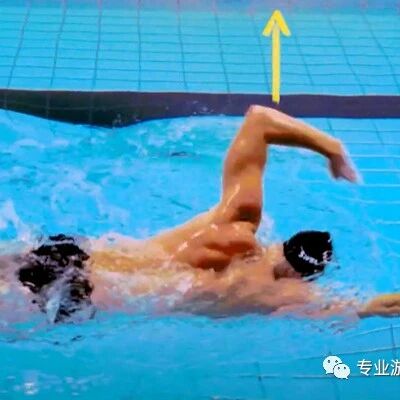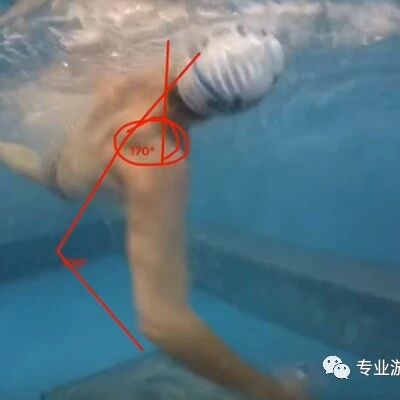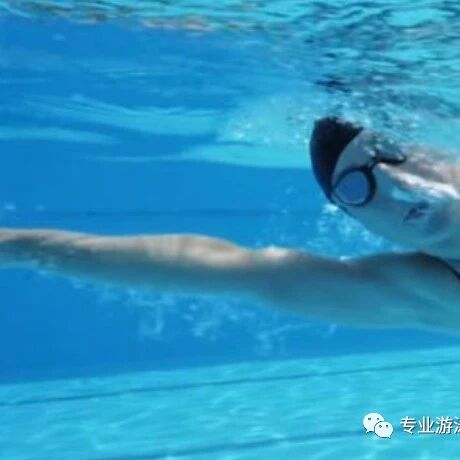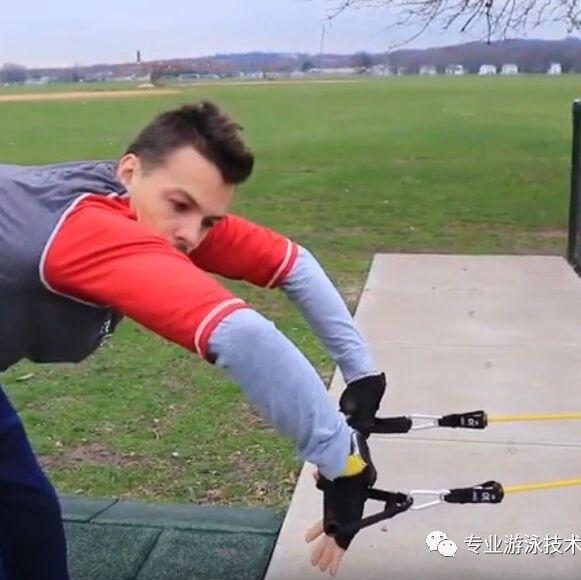The "dragging elbow" issue is a common swimming error that often arises during freestyle learning. As the arm pushes water backward, it experiences an upward reactive force from the frontal water resistance, causing the forearm to easily lift upward under the water's impact. This prevents the elbow from maintaining its relatively high position, leading to the characteristic "dragging elbow" problem. In swimming instruction, correcting this issue—specifically the dragging elbow during the push phase—is given significant attention. Online, you can even find specialized tools like elbow correctors designed to help swimmers address and refine their technique during the push phase.
Interestingly, while the push-phase dragging elbow tends to receive more focus, the related issue of dragging the elbow upon entry into the water actually causes even more frequent mistakes—but unfortunately, it hasn’t garnered enough attention. That’s why I’d like to share some practical insights and tips specifically on how to tackle this often-overlooked aspect of freestyle technique.
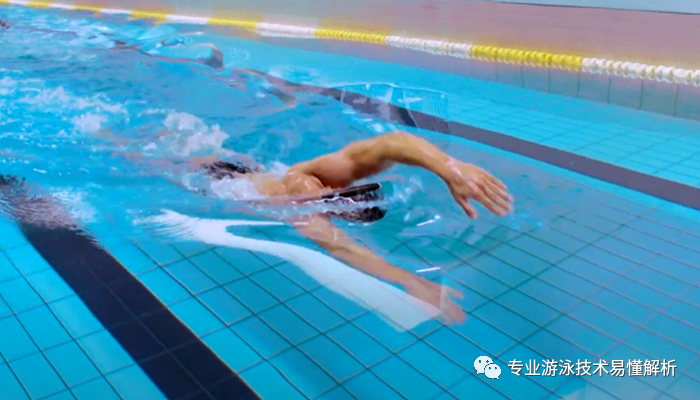 1. What is the arm-pull entry into the water?Simply put, the "dragging elbow" issue occurs when the elbow doesn’t maintain the proper height difference relative to the wrist—sometimes even resulting in the elbow being lower than the wrist. A telltale sign of this is when the elbow enters the water before the wrist does. It’s important to note, however, that having a high elbow position before entry doesn’t automatically prevent dragging during the actual dive; many swimmers may start with their elbows elevated, yet still end up with their elbows leading the way as they enter the water.
1. What is the arm-pull entry into the water?Simply put, the "dragging elbow" issue occurs when the elbow doesn’t maintain the proper height difference relative to the wrist—sometimes even resulting in the elbow being lower than the wrist. A telltale sign of this is when the elbow enters the water before the wrist does. It’s important to note, however, that having a high elbow position before entry doesn’t automatically prevent dragging during the actual dive; many swimmers may start with their elbows elevated, yet still end up with their elbows leading the way as they enter the water.2. Chain reactions caused by entering the water with bent elbows
Overextension upon entering the water.
From the swimmer's perspective, dragging the elbow upon entry into the water is often caused by an eagerness to get the palm underwater quickly—especially among swimmers who prioritize a horizontal forward reach after entry. While maintaining that horizontal forward extension after entry is correct, dragging the elbow during the initial immersion can actually lead to overextending the arm forward.Some swimmers wonder: Doesn’t extending the arm forward help achieve a more streamlined body position? Yes, it does—but stretching your body too early isn’t the best approach. Instead, extend your arm forward *while* simultaneously pushing water with the other arm. Then, as your body naturally rotates, continue to deepen that forward reach. This coordinated movement maximizes the streamlined effect, significantly reducing water resistance. On the other hand, if you try to lengthen your body prematurely without generating enough propulsion, the extra reach becomes pointless and can even disrupt your overall efficiency.

Arm-powered water pumping.After the arm straightens prematurely, it ends up parallel to the water’s surface. At this point, the arm needs to transition from its horizontal position into a slightly acute-angle orientation to facilitate the catch phase of the stroke. Ideally, if there’s no elbow drag during entry, this angular adjustment happens naturally and smoothly. However, when elbow drag is present at entry, the resulting posture shift inadvertently creates a downward pressing motion against the water. This, in turn, causes the upper body to rise while the lower body sinks, disrupting the body’s overall balance.Holding water is ineffective.
When the arm is already fully extended forward, it becomes difficult to efficiently generate power during the catch phase. Instead of applying force slightly above the wrist as intended, the motion often shifts to pulling the elbow backward, making it nearly impossible to execute a proper, effective catch.
Arm-extended stroke
When entering the water with elbows dragged along and arms pressing down on the water, followed by an ineffective recovery phase, the arm is easily forced into full extension. This leads to straight-arm paddling during the actual stroke, directly increasing stress on the shoulder and significantly raising the risk of swimmer's shoulder injuries.

3. Correction Method
The solution to the "elbow dragging upon entry" issue is surprisingly simple: just ensure your elbows are pointing skyward before entering the water. Many swimmers, however, enter with their elbows facing straight ahead. On top of that, during the arm recovery phase, they often fail to fully relax their arms—instead, their forearms remain tense as they push forward—and their palms rush aggressively into the water. As a result, elbow dragging becomes a common problem.
When entering the water properly, your arms should be completely relaxed, allowing them to glide smoothly and naturally downward under the influence of their own weight—rather than actively forcing yourself into the water. At first glance, these two techniques may seem identical, but in practice, they feel entirely different. It’s crucial to pay close attention and truly experience the distinction between the two approaches.
